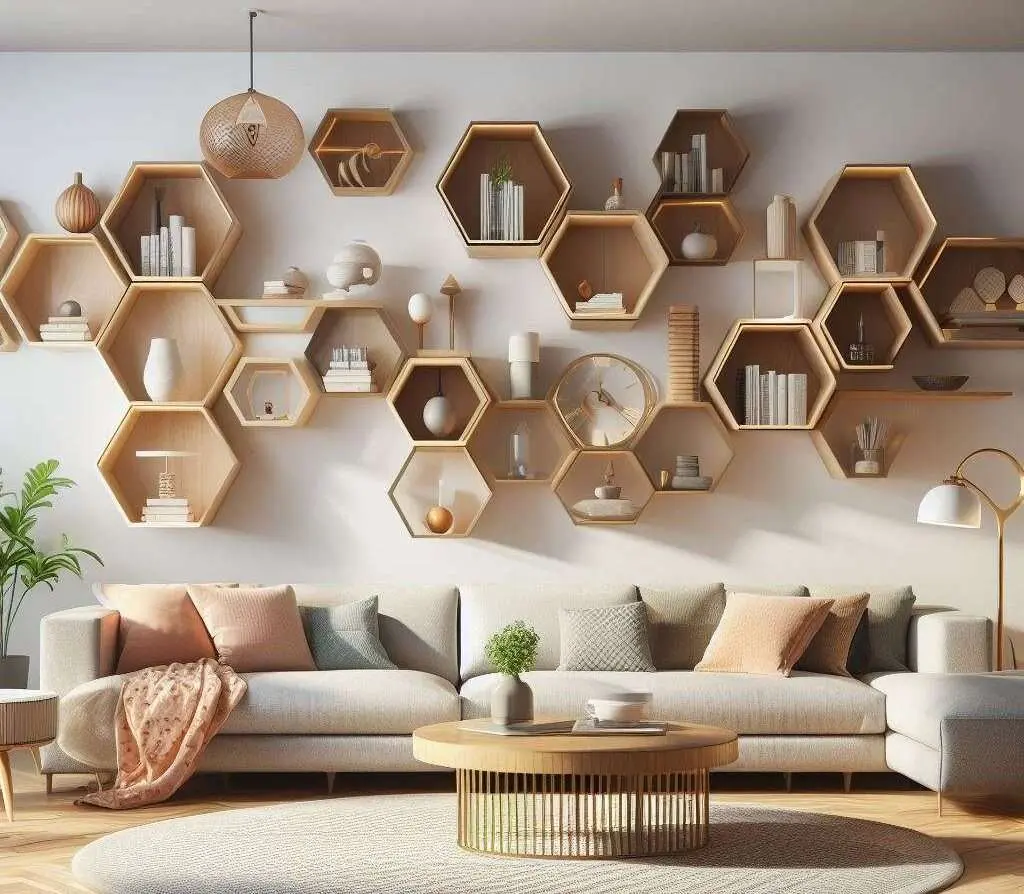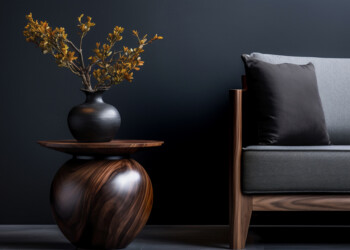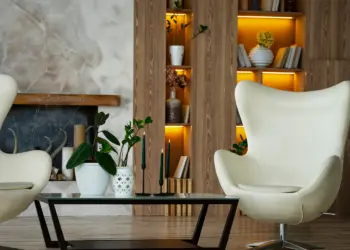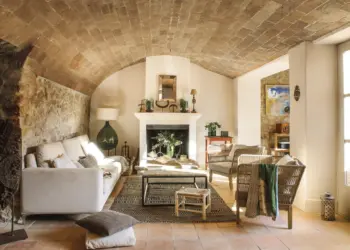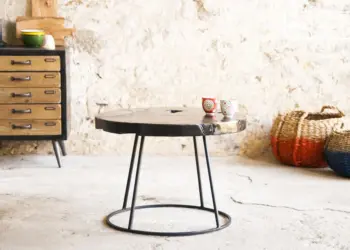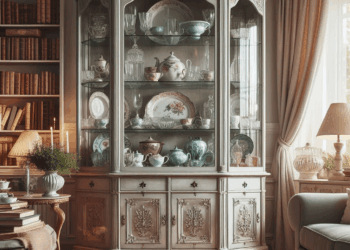In modern living spaces where square footage is often limited, making the most of every inch is crucial. One effective solution to maximize storage and display areas without sacrificing floor space is through innovative and strategic shelving solutions. Let’s explore various smart and creative ways to incorporate shelving into your rooms seamlessly.
Table Of Content
Understanding the Importance of Space Optimization
Efficient space utilization is a key factor in creating a functional and visually appealing environment. By recognizing the significance of space optimization, you can design and implement shelving systems that not only offer storage but also enhance the overall aesthetics and organization of your living spaces.
Wall-Mounted Shelves: A Practical Solution
Wall-mounted shelves are a practical and versatile option for creating storage and display areas without occupying precious floor space. Explore the diverse range of wall-mounted shelving designs and materials, and learn how to integrate them seamlessly into your rooms to achieve a perfect blend of functionality and style.
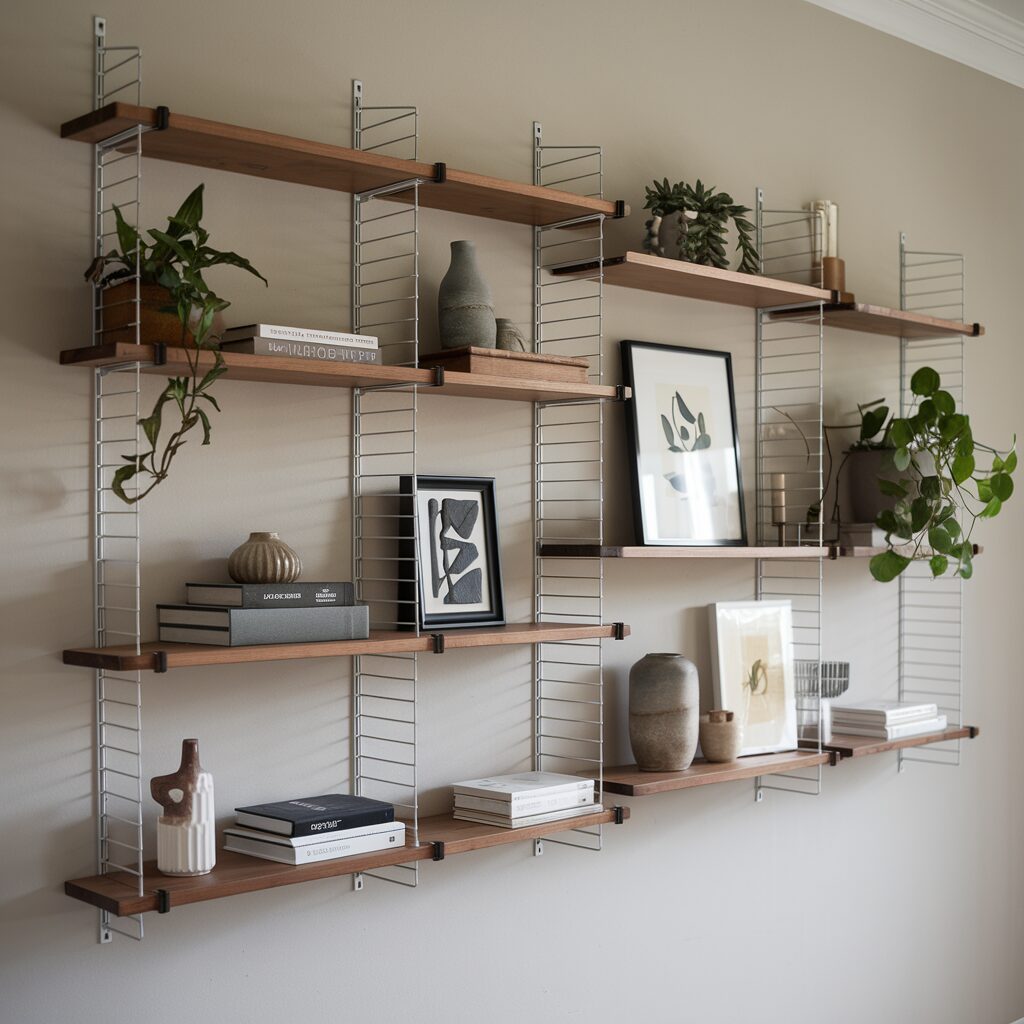
Utilizing Corner Shelves for Efficient Storage
Transform those underutilized corners of your rooms into efficient storage hubs with the integration of corner shelves. Discover the various types of corner shelves, from simple triangular designs to elaborate multi-tiered units, and understand how to leverage these often-overlooked spaces to enhance your room’s overall storage capacity.

Overhead Shelving: Capitalizing on Vertical Space
Make the most of your room’s vertical space by incorporating overhead shelving units that provide ample storage without encroaching on the floor area. Explore the possibilities of integrating overhead shelves in kitchens, garages, and other rooms, and learn how to access and organize items stored in these elevated spaces effortlessly.
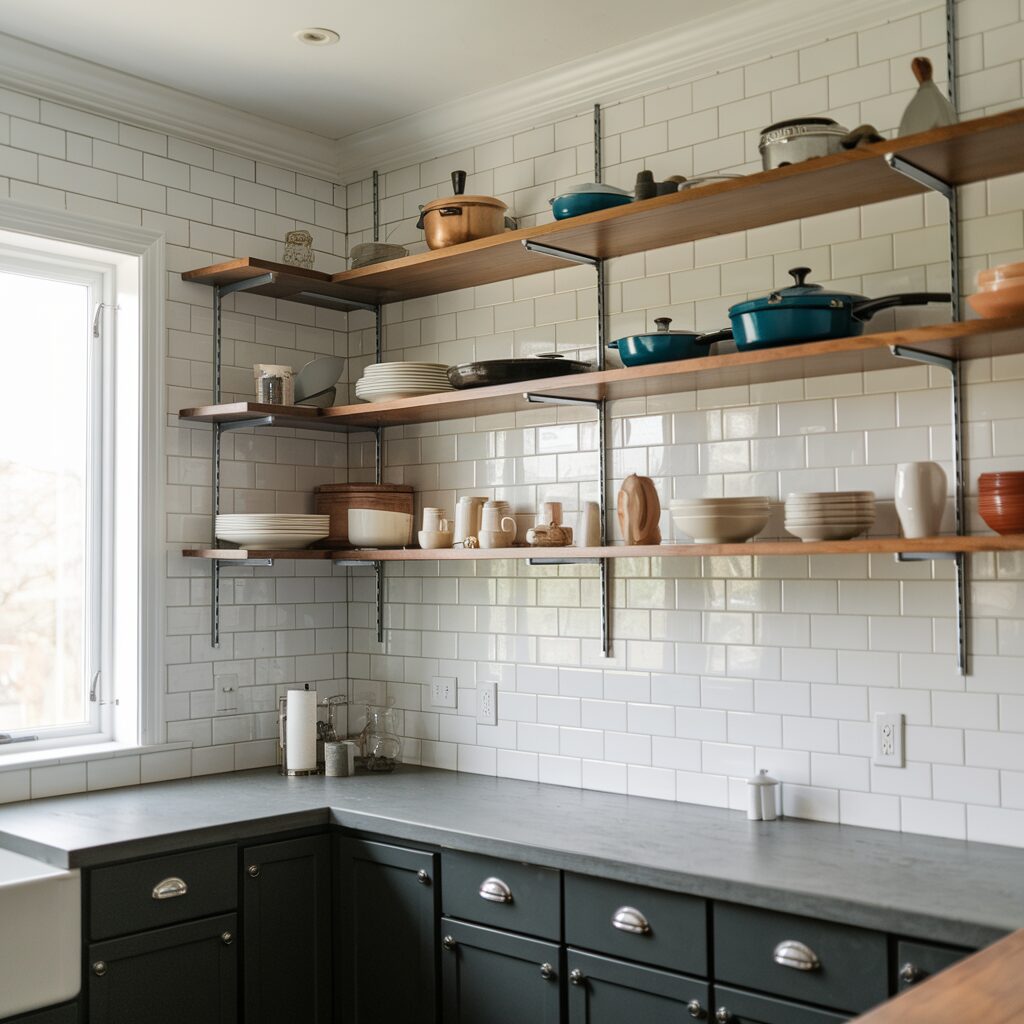
Built-in Shelving Units: Seamlessly Blend with the Room
Create a cohesive and visually appealing interior design by opting for built-in shelving units that seamlessly blend with the existing architecture of your rooms. Discover the customization options and design considerations for built-in shelving, enabling you to maintain a harmonious and organized layout while maximizing storage potential.
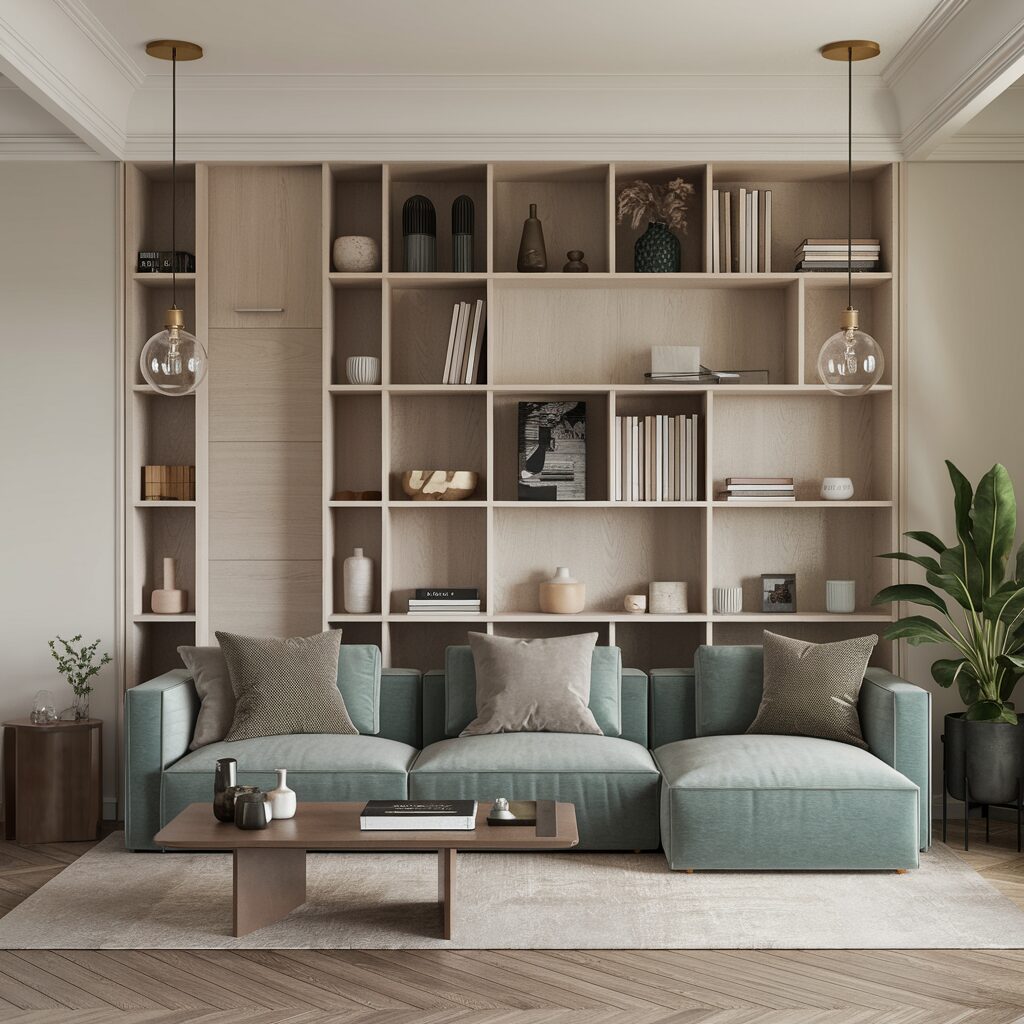
Freestanding Shelving Systems: Flexible and Functional
For those seeking flexibility and convenience, freestanding shelving systems offer an excellent balance between mobility and functionality. Learn how to select and position freestanding shelves to optimize floor space, allowing for easy customization and reconfiguration based on your evolving storage needs and room layouts.
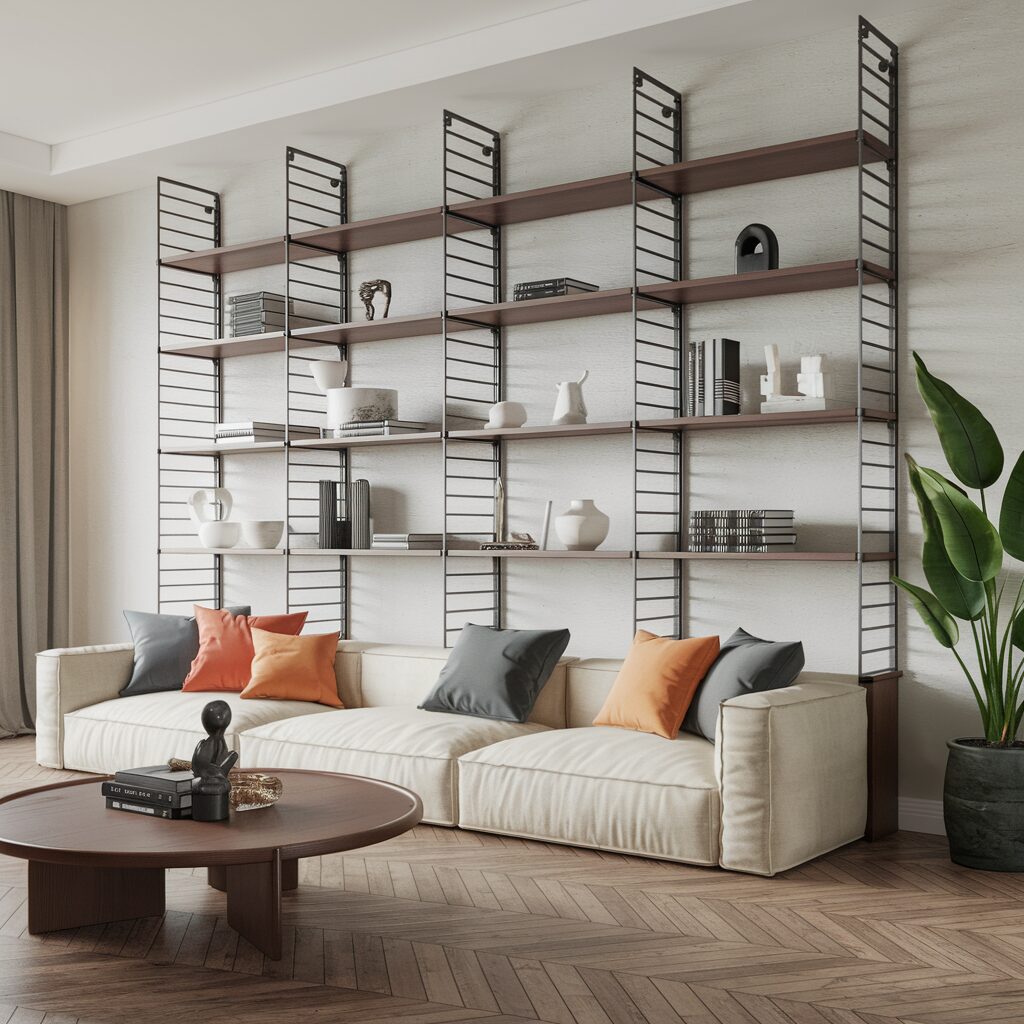
Floating Shelves: Creating Illusions of Open Space
Create an illusion of open space and airiness with the use of floating shelves that offer practical storage solutions while maintaining a visually uncluttered ambiance. Understand the installation process and weight-bearing considerations for floating shelves, enabling you to achieve a sleek and modern look in your rooms while preserving floor space.
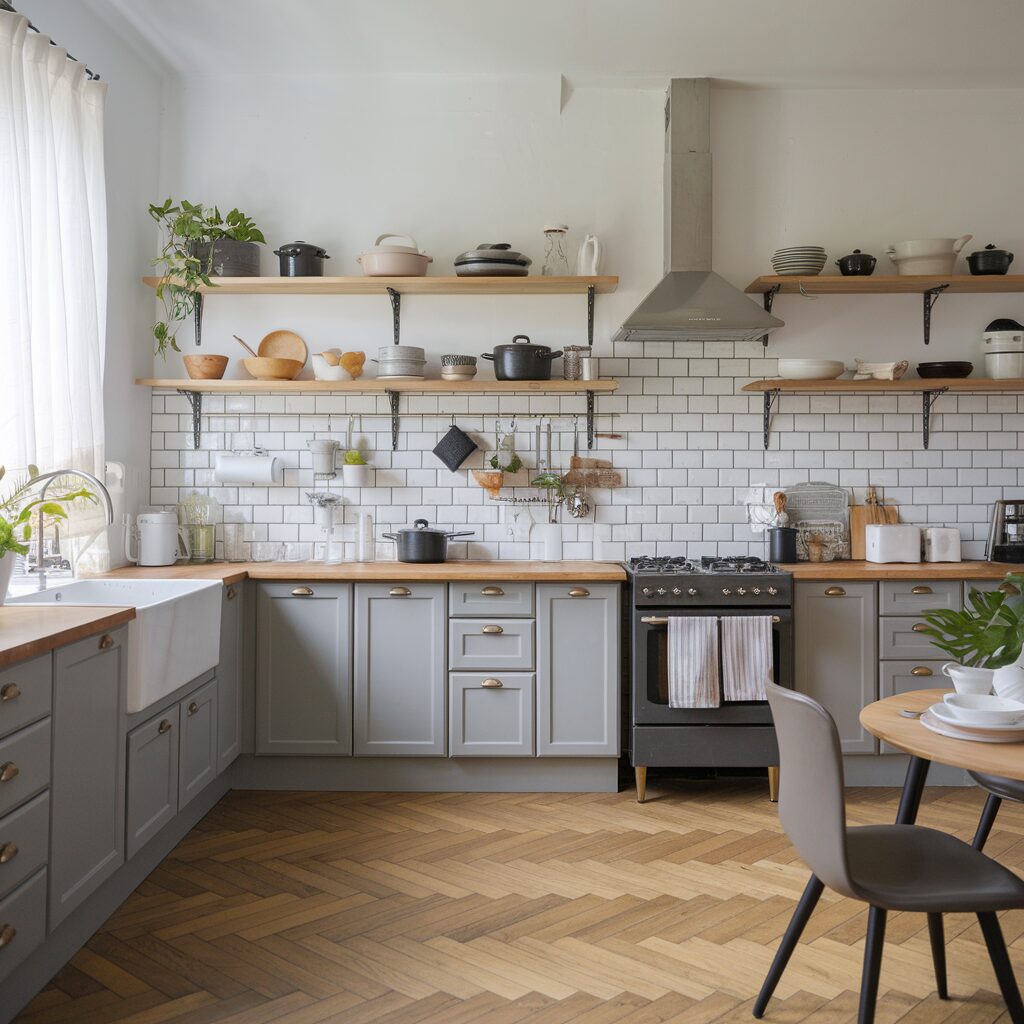
Multi-functional Furniture: Combining Storage and Utility
Explore the world of multi-functional furniture that seamlessly integrates storage capabilities with practical utility. Discover the diverse range of furniture designs that feature built-in shelving components, allowing you to optimize floor space while incorporating versatile and space-saving pieces that serve multiple purposes.
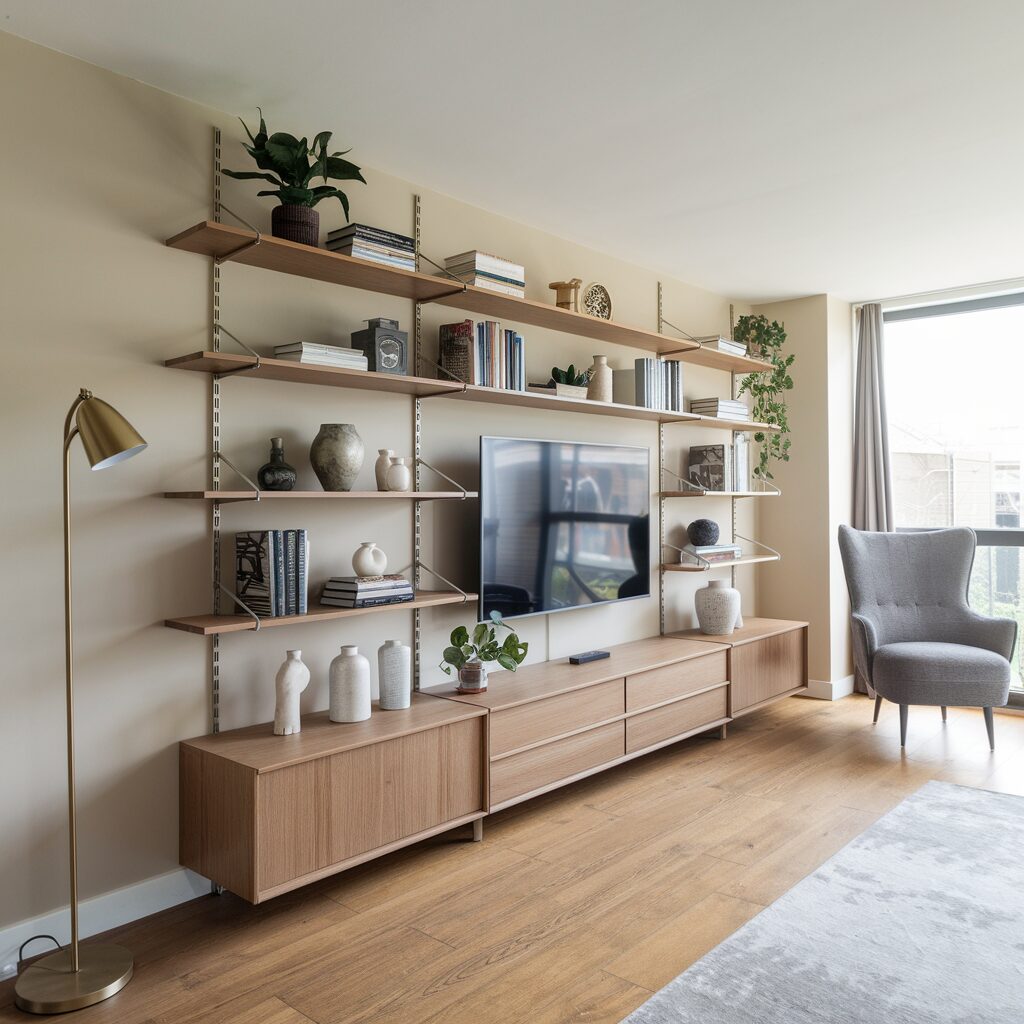
Strategic Shelving Placement: Enhancing Aesthetics and Functionality
Strategic placement of shelves is crucial in achieving a balance between aesthetics and functionality. Explore the principles of strategic shelving placement, including height considerations, spacing guidelines, and layout strategies that contribute to a well-organized and visually appealing room, ensuring optimal utilization of available space.
1. Height Considerations for Optimal Accessibility and Aesthetic Balance
Determining the ideal height for your shelving units is crucial to ensure convenient accessibility and a balanced visual composition. Tailor the height of your shelves based on the intended purpose and the items you plan to store or display. Maintain a user-friendly approach by placing frequently used items within easy reach while utilizing the higher sections for decorative elements or less frequently accessed belongings, ensuring a harmonious balance between functionality and aesthetics.
2. Spacing Guidelines for Efficient Storage and Visual Harmony
Implementing appropriate spacing between shelves is essential to facilitate efficient storage and maintain a harmonious visual appeal. Consider the dimensions of the items you intend to place on the shelves, allowing adequate vertical space to accommodate various object sizes and shapes. Strive for a balanced and organized appearance by adjusting the spacing to prevent overcrowding or excessive gaps, ensuring that each shelf serves its designated purpose effectively while contributing to the overall aesthetic coherence.
3. Layout Strategies for Optimal Room Integration and Design Cohesion
Developing a well-planned layout for your shelving units enables seamless room integration and fosters design cohesion within the broader interior setting. Analyze the available wall space and room dimensions to determine the most suitable shelving layout, considering factors such as room functionality, traffic flow, and existing furniture arrangements. Create a cohesive and visually appealing environment by incorporating shelving units that complement the overall design style and serve as functional focal points, enhancing the room’s ambiance and utility.
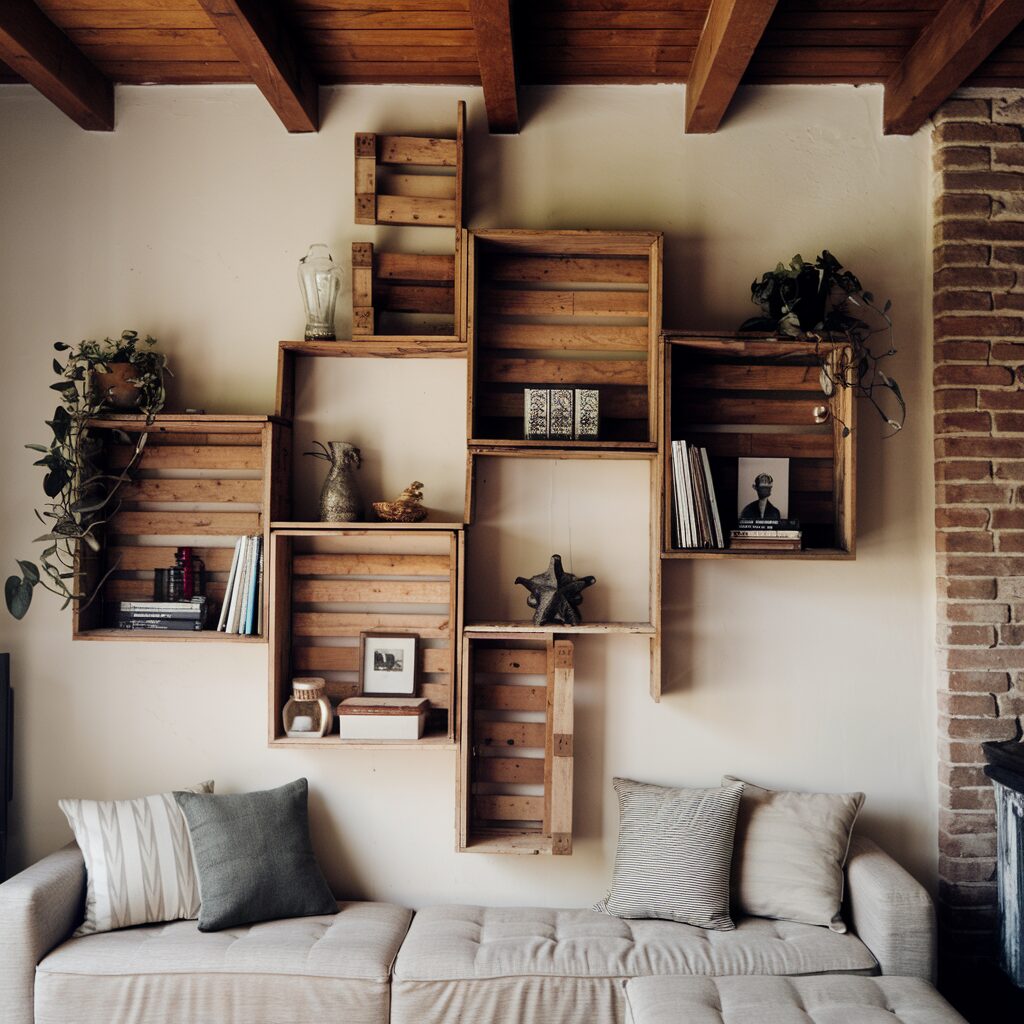
Creative Shelving Styles and Designs for Various Rooms
Embrace creativity and innovation by exploring an array of unique and creative shelving styles and designs that cater to the diverse needs of different rooms. From minimalist and contemporary designs to rustic and eclectic concepts, discover inspiring shelving ideas that add character and functionality to your living spaces while preserving floor space.
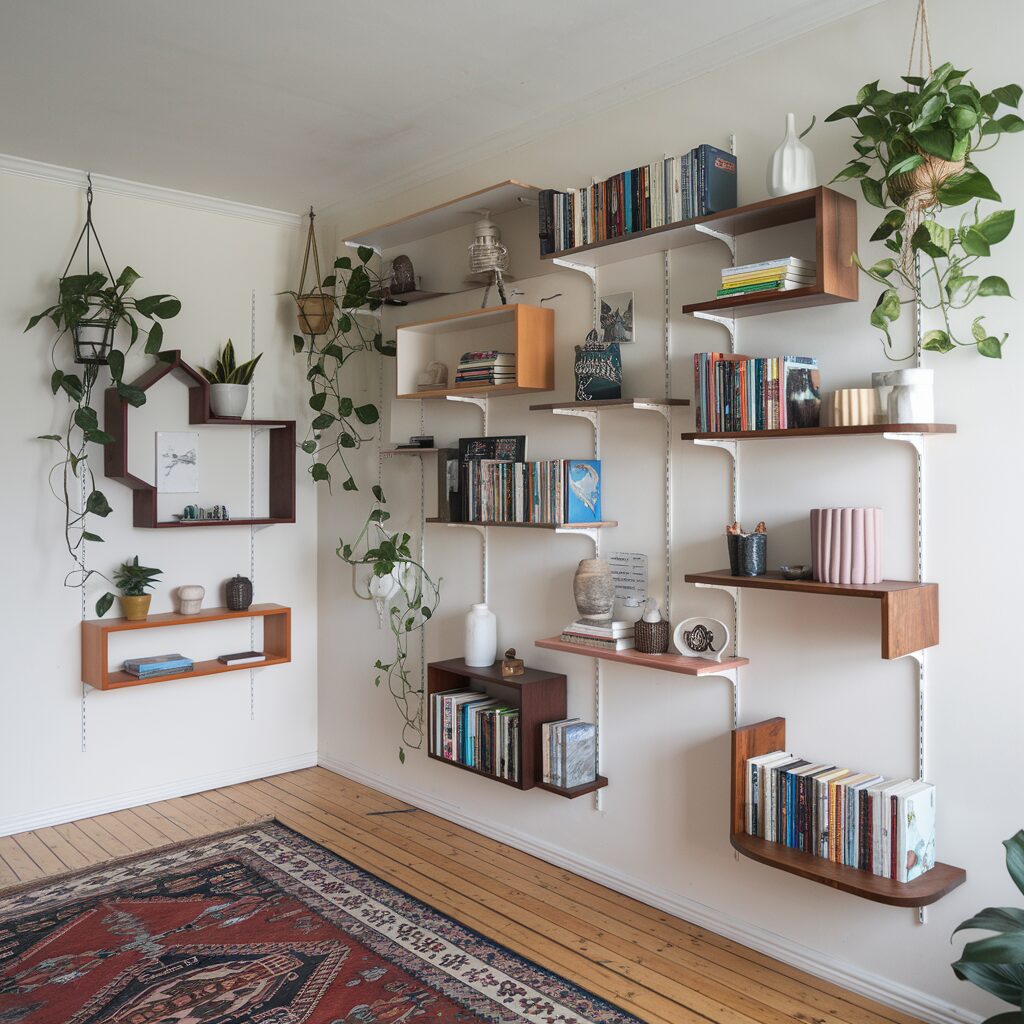
DIY Shelving Projects: Personalized and Cost-effective Solutions
Engage in exciting do-it-yourself (DIY) shelving projects that offer personalized and cost-effective solutions tailored to your specific storage requirements and design preferences. Discover simple yet innovative DIY shelving ideas, materials, and techniques that empower you to create custom storage units and display spaces, infusing your rooms with a touch of your unique style and creativity.
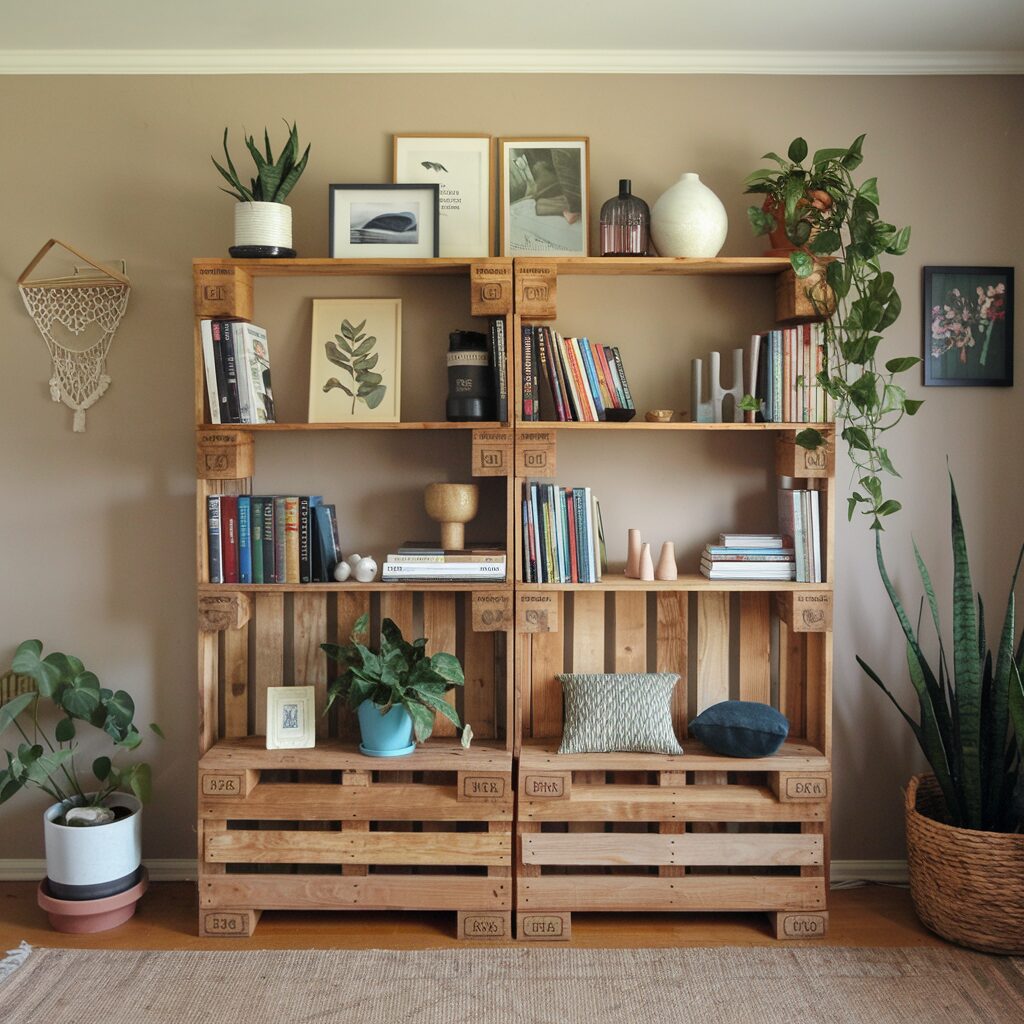
Maintenance and Organization Tips for Neat and Tidy Shelving
Maintaining the cleanliness and organization of your shelving units is essential to ensure a clutter-free and visually appealing living space. Explore effective maintenance and organization tips that help keep your shelves tidy, functional, and aesthetically pleasing, allowing you to enjoy an optimized and well-arranged environment that maximizes floor space and minimizes visual distractions.
Assessing Room Layouts for Optimal Shelving Integration
Before integrating shelving solutions into your rooms, it is crucial to assess the existing layout and design elements to ensure optimal integration and space utilization. Learn how to evaluate room dimensions, traffic flow, and existing furniture arrangements, enabling you to make informed decisions about shelving placements and configurations that complement your room’s overall aesthetic and functionality.

Transforming Spaces with Smart Shelving Solutions
By embracing innovative and strategic shelving solutions, you can transform your living spaces into efficient, organized, and visually appealing environments that maximize storage capacity without sacrificing valuable floor space. Let your shelving units become not only practical storage solutions but also decorative elements that add character, charm, and functionality to every room in your home.

FAQs
Can shelving be integrated into small rooms without making them appear cramped?
Yes, by opting for space-saving and visually light shelving solutions, such as floating shelves or wall-mounted units, you can introduce storage elements without overwhelming small rooms, preserving a sense of openness and airiness.
What are some innovative ways to utilize shelving in a home office setup?
Consider incorporating multi-tiered shelving for organizing books and supplies, installing overhead shelves for additional storage, and integrating built-in shelving units for a seamless and sophisticated home office design that optimizes floor space.
How can shelving contribute to an enhanced interior design aesthetic?
By selecting shelving units that complement the existing decor and furniture, incorporating decorative accents and artwork on the shelves, and ensuring proper spacing and alignment, you can elevate the overall interior design aesthetic while achieving efficient storage and display solutions.
Are there any eco-friendly shelving options available for sustainable living spaces?
Yes, you can opt for eco-friendly shelving materials such as reclaimed wood, bamboo, or recycled metal, and explore sustainable shelving designs that promote minimal environmental impact while offering practical storage solutions for sustainable living spaces.
How far off the floor should shelving be set?
The recommended height is typically around 60 inches from the floor to the center of the shelf, providing easy access and optimal functionality.
How do you hang shelves without leveling?
How do you hang shelves without leveling? Utilize a carpenter’s level, a laser level, or a digital level to ensure accuracy and precision during the installation process, ensuring the shelves are properly aligned and balanced.
What are some space-saving shelving ideas for studio apartments or compact living areas?
Consider implementing wall-mounted or overhead shelves, utilizing under-stair storage spaces, investing in multi-functional furniture with built-in shelving components, and exploring customized shelving solutions that cater to the specific layout and dimensions of studio apartments or compact living areas.
How do you put shelves in a small space?
Choose slim and streamlined shelving options, opt for wall-mounted or floating shelves, utilize vertical space efficiently, and organize items strategically to maximize storage and minimize clutter in the limited area.
How do you maximize space on a shelf?
Use stackable containers or baskets, implement dividers for categorization, incorporate hooks or hanging organizers, and arrange items vertically to fully utilize the available shelf space while maintaining an organized and accessible layout.
